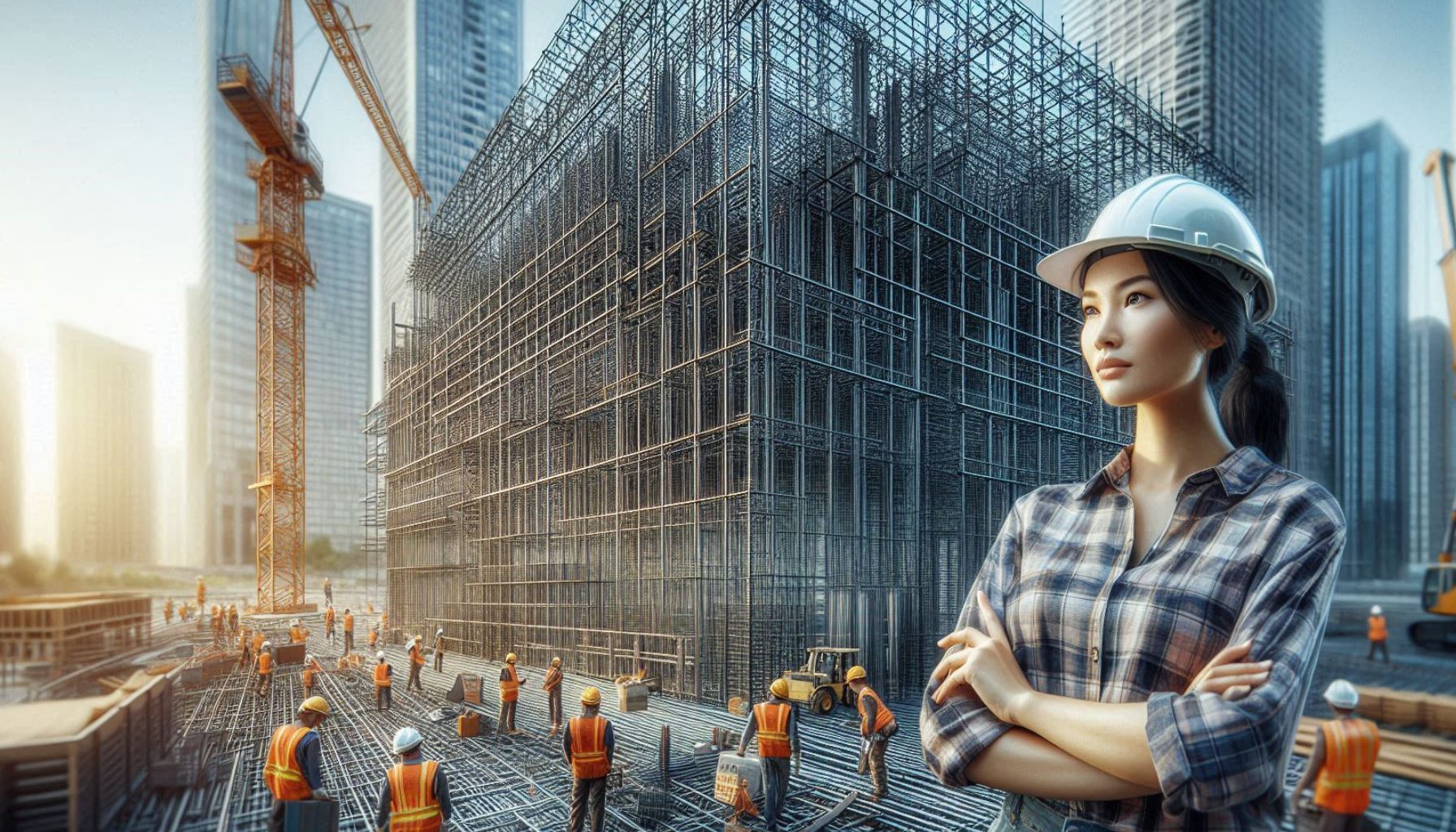

Natural disasters expose every weakness in our buildings. A small structural flaw becomes a major hazard when earthquakes strike or floods rise.
Communities need construction methods that stand up to nature’s worst.
Traditional building techniques often fall short when disasters hit.
Welded wire mesh offers a practical way to strengthen structures against multiple threats.
When properly integrated into building design, this material helps communities bounce back faster from disasters.
Ground movement threatens building stability during earthquakes. Welded wire mesh reinforcement in foundations creates a flexible yet strong base that moves with seismic waves instead of fighting them.
The mesh distributes forces throughout the concrete, preventing catastrophic cracks from forming. This network of steel extends through footings and foundation walls, tying the entire base structure together.
When the shaking stops, buildings with mesh-reinforced foundations often remain serviceable, allowing communities to recover faster.
Rising water attacks buildings from all sides. Welded mesh in wall systems provides crucial reinforcement against hydrostatic pressure.
The mesh strengthens concrete walls while allowing controlled drainage through properly designed weep holes. This combination prevents water pressure from building up behind walls—a common cause of structural failure during floods.
The galvanized coating protects the mesh itself from water damage, ensuring long-term durability even in flood-prone areas.
High winds find every weakness in roof construction. Welded mesh ties roof elements together into a single structural unit.
The mesh reinforces concrete roof decks and helps secure roof-to-wall connections—critical points that often fail in hurricanes. This integrated approach means the entire roof system works together to resist wind uplift forces.
Even if some exterior roofing materials blow off, the underlying structure remains intact, protecting building contents and speeding post-storm recovery.
Heavy rains often trigger landslides near buildings. Welded mesh helps stabilize these vulnerable slopes through soil nailing and erosion control systems.
It holds soil in place while allowing vegetation to grow through its openings, creating natural reinforcement. Water can drain through the structure instead of building up pressure behind it.
This combination of immediate stability and long-term erosion control protects buildings from ground movement during severe weather events.
Flying debris causes significant damage during storms. Welded mesh screens and barriers deflect wind-borne objects that could breach windows and doors.
The mesh pattern allows wind to pass through while catching solid objects, reducing the overall force on the barrier.
These protective systems integrate with building architecture, providing constant protection without creating an institutional appearance.
When storms approach, buildings already have their armor in place.
Building disaster-resilient communities demands materials that perform under extreme conditions. The team at SK Weldedmesh one of the best welded mesh manufacturers in India understands these critical requirements.
Our mesh solutions meet stringent engineering standards for disaster resistance while remaining practical to install and maintain.
Whether you’re building new structures or retrofitting existing ones, we provide reinforcement systems that help communities withstand nature’s challenges.
Let’s work together to create stronger, more resilient buildings. Contact us today for more information.